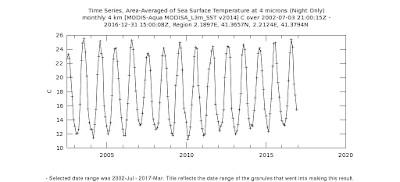While you are finishing off activity nº3 the Sand, we are moving on to the next activity.
Activity nº 4: Marine species
Objective: create an infographic of the 10 most important species caught by the fishermen of your closest port using the ICT Piktochart >>
You will have to create an account, sign in, choose the option infographic, scroll down, choose the first template (Create your own infographic) and start editing.
Information included in the infographic:
An infographic is made by blocks, in the first block put the Title and Authors.
In the following blocks you will describe the marine species with the following information:
- Photo or some kind of illustration that allows its identification
-Common name in the local language
-Common name in English (only if local language is not English)
-Scientific name
In the last block put two graphs:
-Percentage that each species represents of the annual turn over
-Percentage that each species represents of tonnes captured annually
You can add any other information of YOUR INTEREST!
Once you have finished you can publish it and post the link provided by Piktochart on this blog to share it!
Source of data:
- Survey at the port
- Internet
(Teachers will supply you with the information about the survey, webpages and tutorial of Piktochart)
Label of the post: species
Label of the post: species
Deadline to complete the form: 15th May
Suggestion: We recommend working in teams, where every group is in charge to look up different kinds of information.
Please remember only one infographic per class!Suggestion: We recommend working in teams, where every group is in charge to look up different kinds of information.
Looking forward to know the food I can have in your area, yummy!
All the best!
Sharky
















































